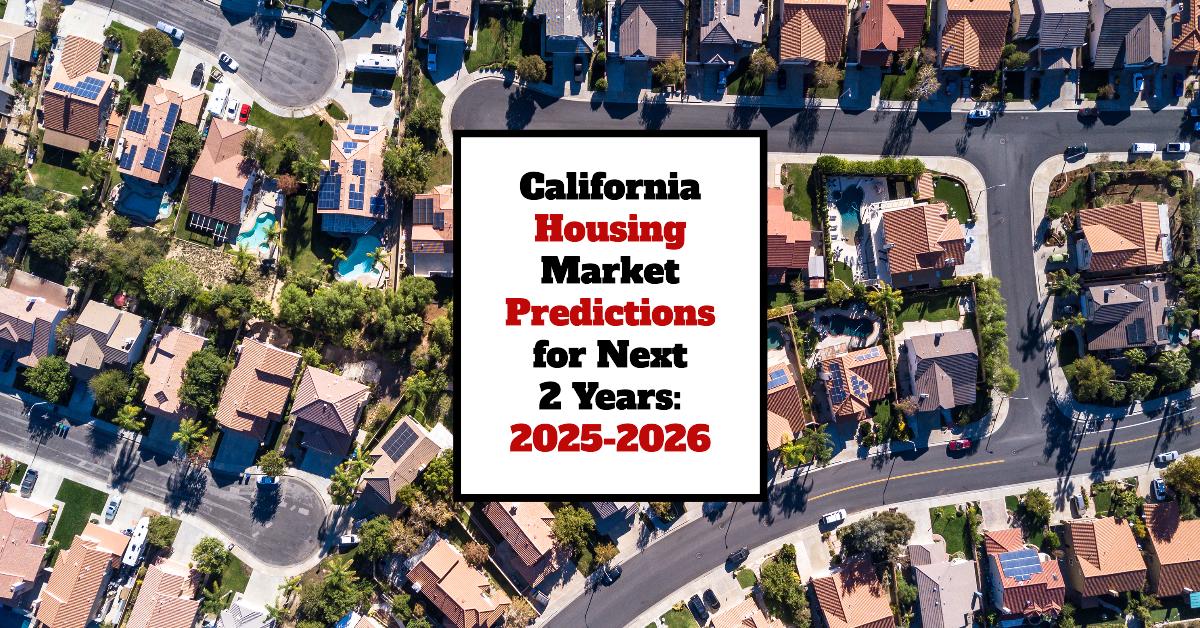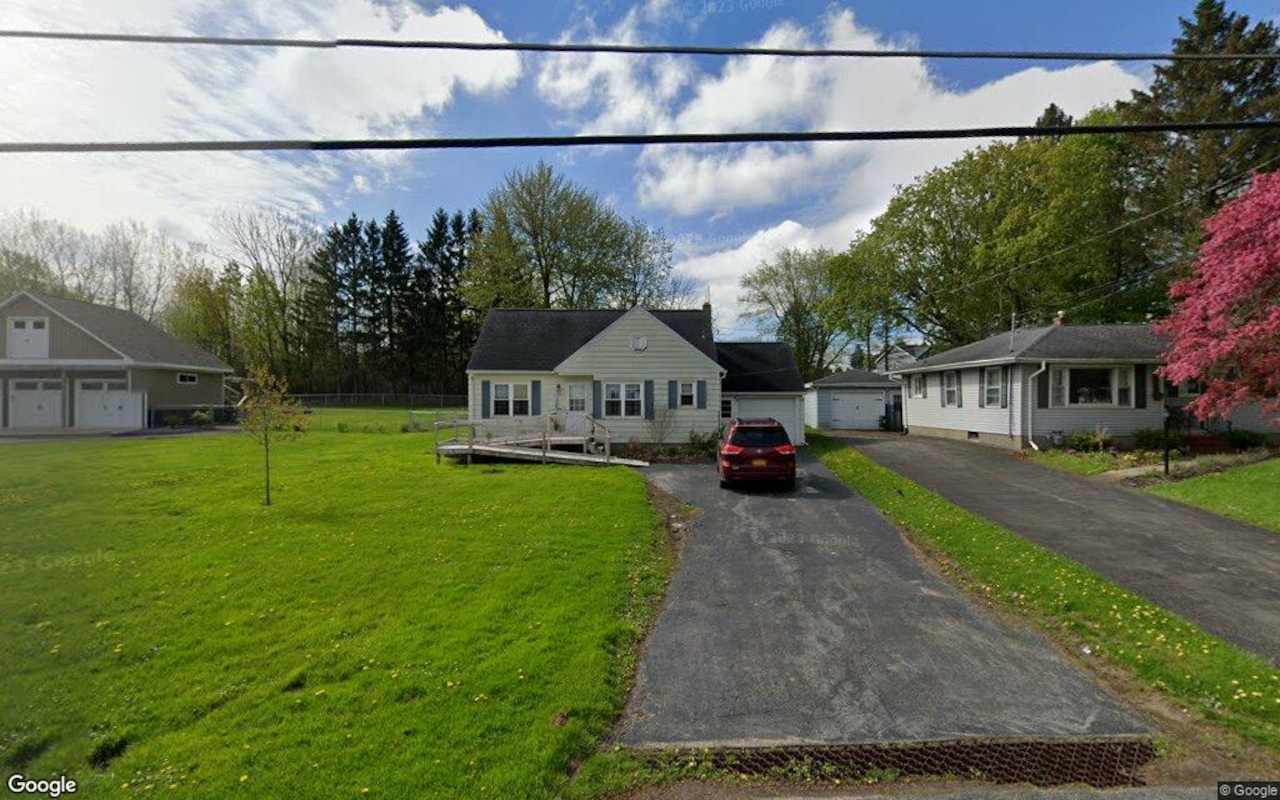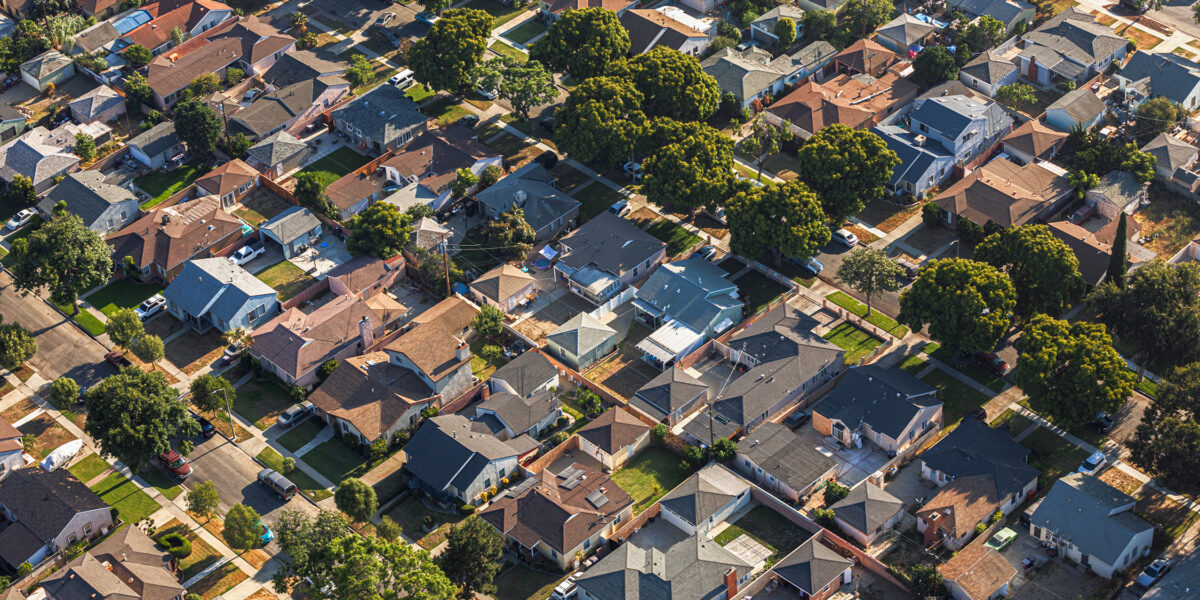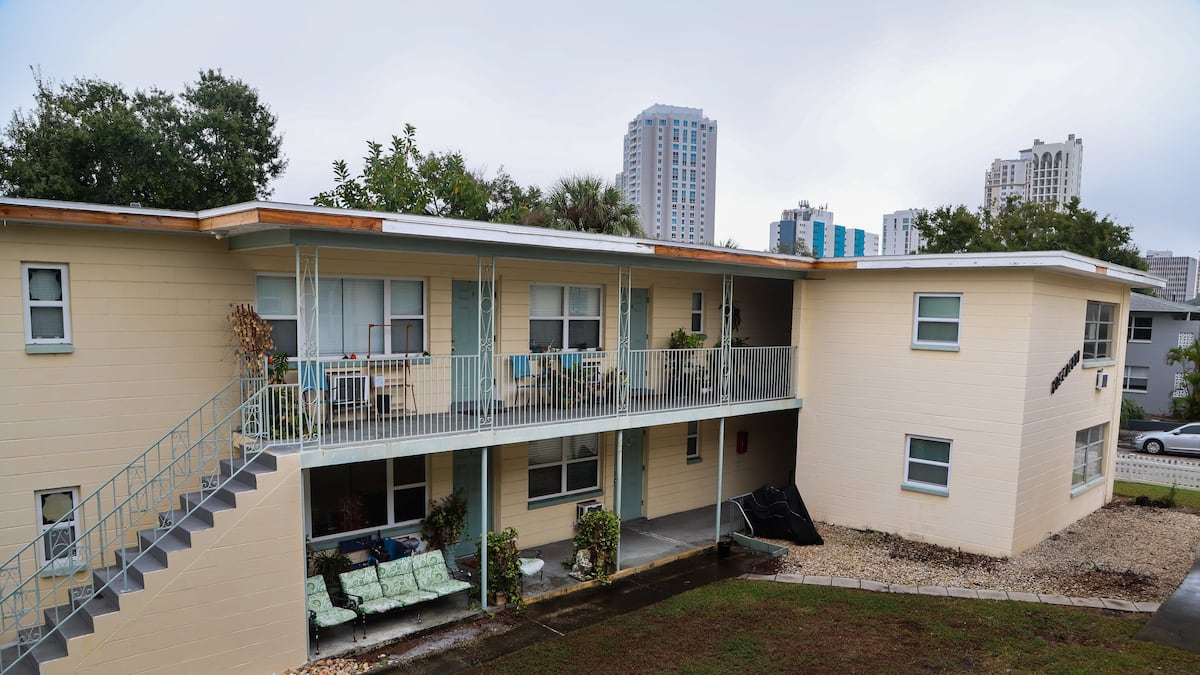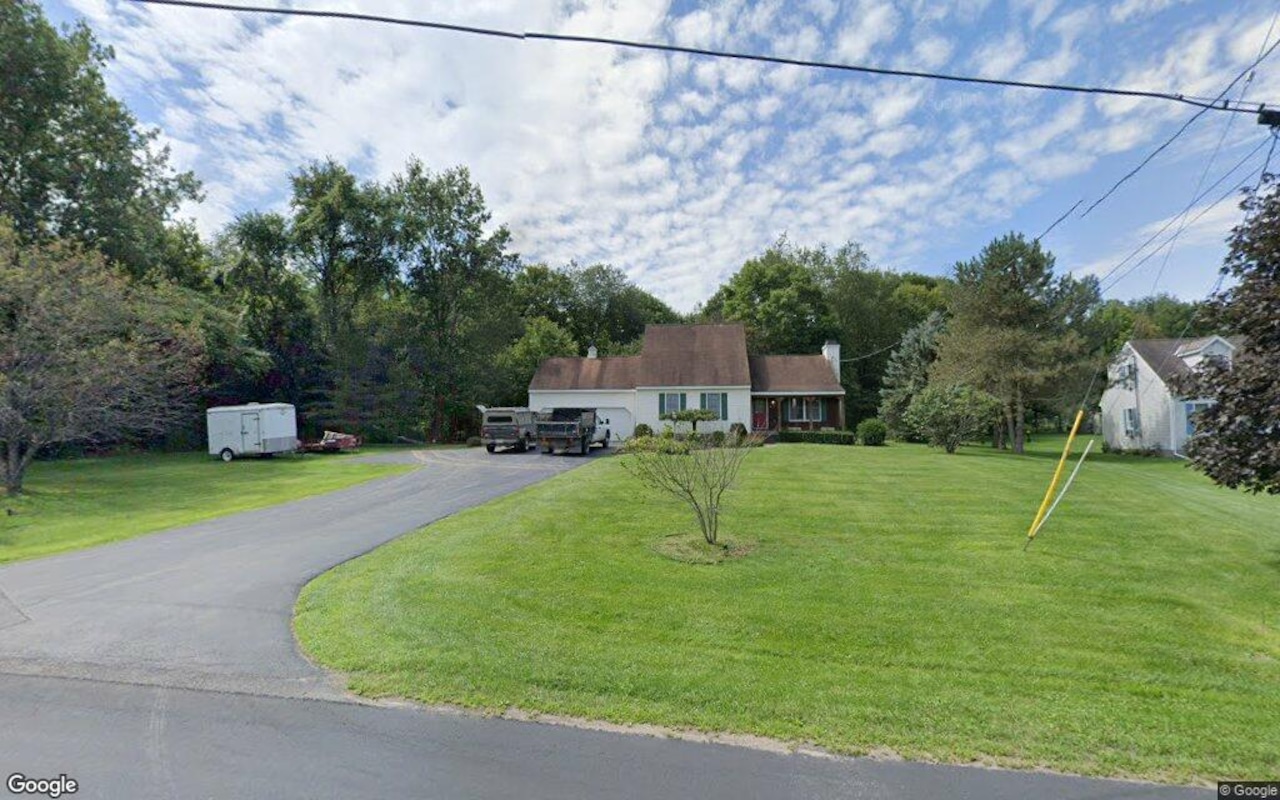T
he California dream is still within reach, but affordability remains a significant challenge. The state's housing market forecast for the next two years suggests a mixed bag, with some areas experiencing price increases and others seeing a slight dip. According to the California Association of REALTORS (C.A.R.), home sales are expected to rise by 10.5% in 2025, reaching 304,400 units, while median prices will increase by 4.6% to $909,400.
The "lock-in" effect, where homeowners with low-interest mortgages hesitate to sell and buy a new house with higher interest rates, has contributed to the current market dynamics. However, lower interest rates are expected to loosen this effect, leading to increased inventory and more homes for sale. The average 30-year fixed mortgage interest rate is predicted to drop from 6.6% in 2024 to 5.9% in 2025.
Despite these positive trends, affordability remains a concern. C.A.R.'s forecast suggests that housing affordability will likely stay around 16% in both 2024 and 2025, meaning about 16% of California households can afford a median-priced home. This is not ideal but represents a stable situation rather than a decline.
The economy and housing supply will continue to play crucial roles in shaping the market landscape. While C.A.R. predicts slower economic growth in 2025, this could impact the housing market if job losses and economic uncertainty make people hesitant to buy homes. Additionally, California's housing shortage means there will still be competition for homes, driving up prices.
Regional differences are expected to become more pronounced, with areas like Bakersfield and Riverside showing solid growth, while San Francisco and Eureka face potential price declines. The Bay Area is particularly concerning due to high prices and a possible decrease in demand from the tech sector and people moving away from high-cost areas.
In 2026, I expect continued moderation in some areas, slight price adjustments in others, and regional differences becoming more pronounced. The underlying imbalance between housing supply and demand will continue, leading to increased competition in places with limited housing. Economic factors will have a significant impact, supporting growth in a strong job market and stable economy.
Navigating the California housing market requires careful consideration of interest rates, local economic conditions, and regional trends. While some areas may see price corrections, a significant crash is unlikely.
